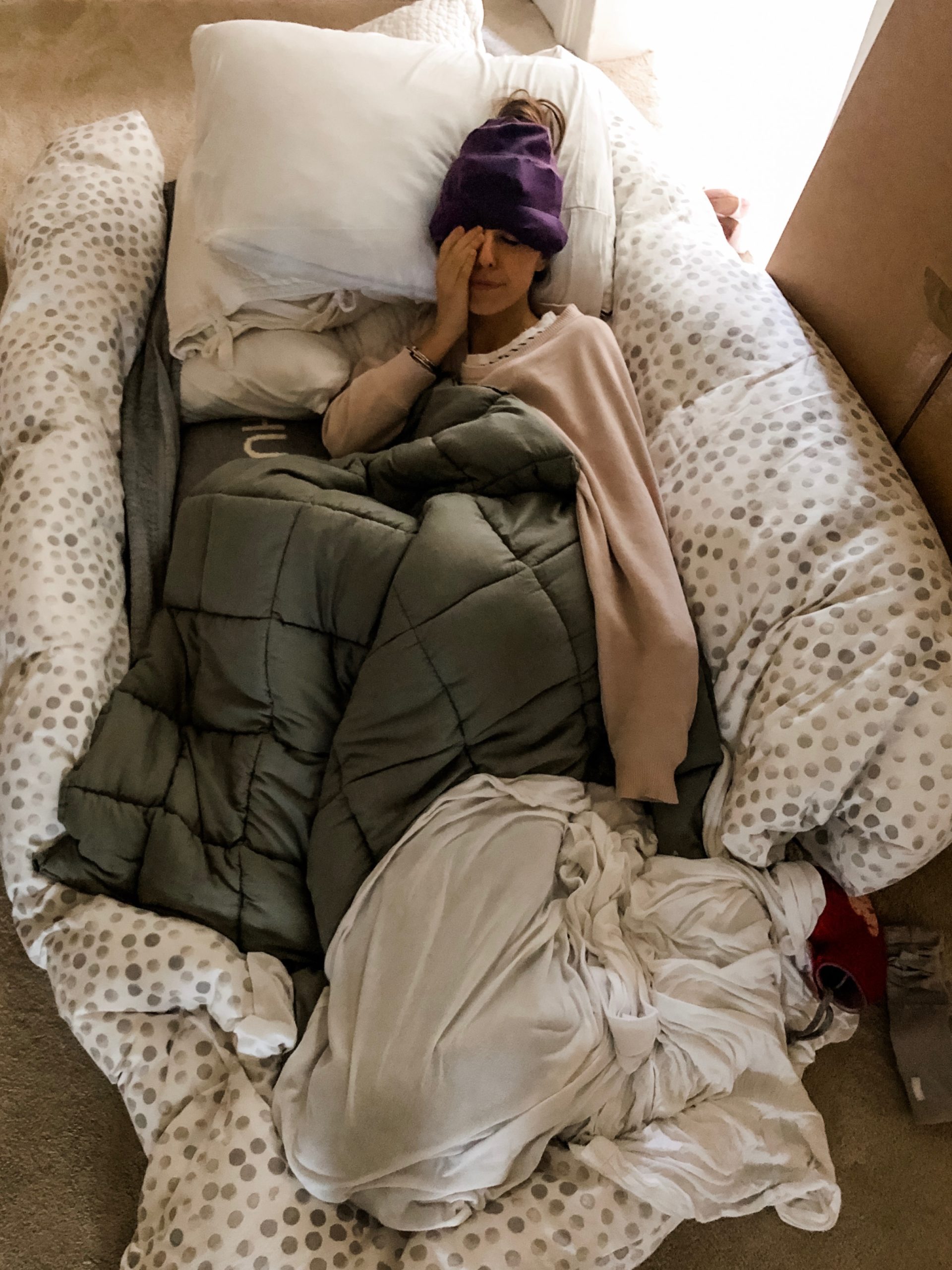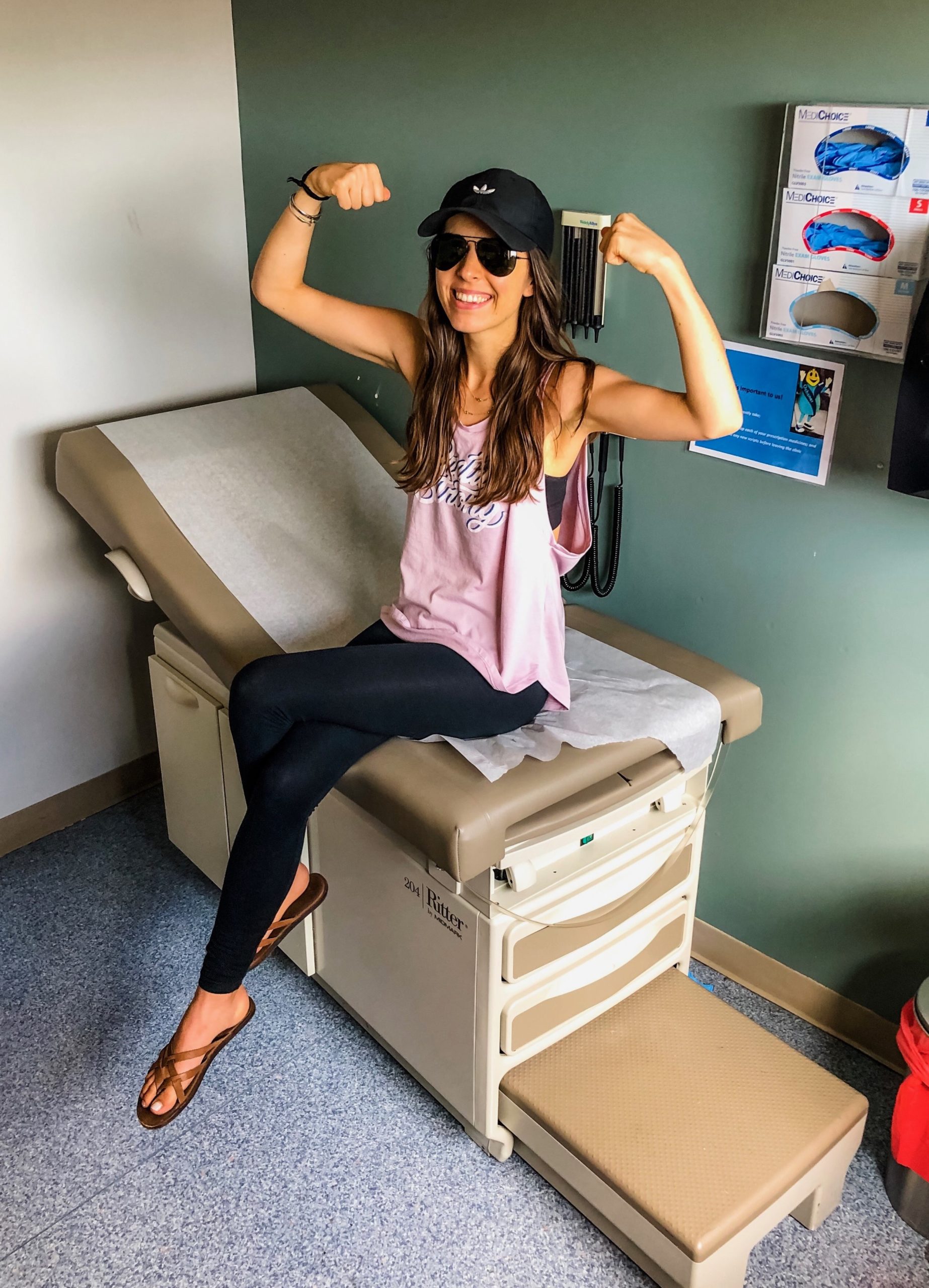An Open Letter to the NY Times From a Chronic Lyme Disease Patient

As I sat alone in my bedroom reading your recent article, “My Son Got Lyme Disease. He’s Totally Fine”, I could feel a deep pit forming in my stomach and my emotions plunging down into it’s depths. Background noise became distant and muffled; as my brain blocked out everything around me trying to fully accept the words I was reading.
I scanned the top of the page to check the url a few times just to be sure that there wasn’t a mistake — that this wasn’t a mis-labeled article written by an uninformed and judgmental lyme skeptic. My heart sank as I confirmed that it was in fact, a publication I respected. That it was the New York Times spreading hurtful and inaccurate facts about lyme; a disease already so misunderstood.
Please know that as you shared the story of one young lyme disease patient, detailing one example of treatment and recovery from lyme; you drew broad and unsubstantiated conclusions about treatment and recovery from lyme in general. In doing so, you simultaneously invalidated the experience of thousands who have suffered for months or years from this illness; quite literally fighting to reclaim their health and to return to a state of normalcy in their lives every. single. day. I am one of those people.
The road to recovering from lyme disease is different for every patient. This illness exists on a spectrum and has a wide variety of presentations; influenced by individual genetics, environment and timing. My heart is full knowing the sweet boy in your story didn’t have to endure years of declining health and increasing disability before being diagnosed and treated. I am grateful that he didn’t lose his childhood, social life, ability to engage with family and sense of self-esteem to this disease. This disease that can take all of that and more from the most innocent people.

For those of us who have spent years fighting lyme disease; who have lost our jobs, have become unable to exercise, have put our dreams on the shelf, paid astronomical sums for treatments (or perhaps been unable to afford treatment since very little, if any, long-term coverage is available to us), have endured painful procedures and testing, struggle daily with debilitating symptoms and still don’t have a clear path forward — you must know- that for us…your words hurt.
Each paragraph of your article felt like a punch to the gut. On behalf of myself, a 27 year old female, who has spent the past seven years experiencing declining health and using every last ounce of energy to reverse that trend, and on behalf of every single one of my fellow chronic lyme warriors; please know that a serious mistake has been made in representing our courage, strength and stories.
In an effort to heal my body so I can return to a life where I can engage with and contribute to the world around me, I have been overwhelmed and confused as I’ve had to try to make sense of the sea of misinformation about chronic lyme disease. People like me, fighting so hard to be well again, look to institutions like you, to shine a light on the truth and cut through the noise.
I truly shudder to imagine how your article might impact the way in which a large number of people will perceive this devastating disease. I can only assume that if I had read your article before I was diagnosed with chronic lyme disease, and before I had spent countless hours trying to understand its effects, I might have trusted that what I read in the NY Times was accurate. That would have been a great disservice to me, and could have led to serious adverse health outcomes.
I can visualize a version of myself telling my family and close friends, “but I read an article in the New York Times that this really isn’t something that is valid or that I need to worry about” — when in reality, that couldn’t be farther from the truth.
Some of the statistics shared in your article, such as “about 80 percent of people develop a classic spreading rash, known as erythema migrans, in the first week or two after the tick bite” , were blatantly inaccurate. In reality, that number is 20-30%, with only a minority of people recalling ever having a bulls eye rash (NIH).
Your publication carries so much weight, and many, including myself; place our trust in you as a reputable source of news. The notion that someone might read this article and not seek out appropriate medical care as a result of the misleading information you shared, is frightening and calls for the record to be set straight. Please help to be a beacon of light, instead of turning your backs on the thousands of us living and fighting chronic lyme disease.
“Rather than minimizing the risks of Lyme disease by stating it is easy to diagnose and easy to cure — which is not the case — and lulling the public into a false sense of security, let’s pull together to address the great public health risk that irrefutably exists.” — Global Lyme Alliance
I am so proud to stand with my lyme family on social media and share our stories. Just a few days after the article we all shared our own lyme disease stories using the hashtag on instagram #nytimesthisislyme. You can see my post here, and if you search the hashtag on instagram you can read through incredible stories of grit, determination and strength by some of my fellow lyme warriors.
As devastating as this article was to read, it has brought our community together in a way I have never seen before. There isn’t a more resilient group of warriors out there to set the record straight and I am so proud to stand with them, to speak up and tell my story and to continue to do this until we are heard. Hopefully, by doing so, we will spread awareness, increase treatment options and prevent countless others from knowing first-hand the harsh realities of Lyme Disease.
August 21, 2019
Meet Natalie
I share each step along my road to wellness and healing and hope that in doing so I can inspire you along your own path. Thank you so much for being here.